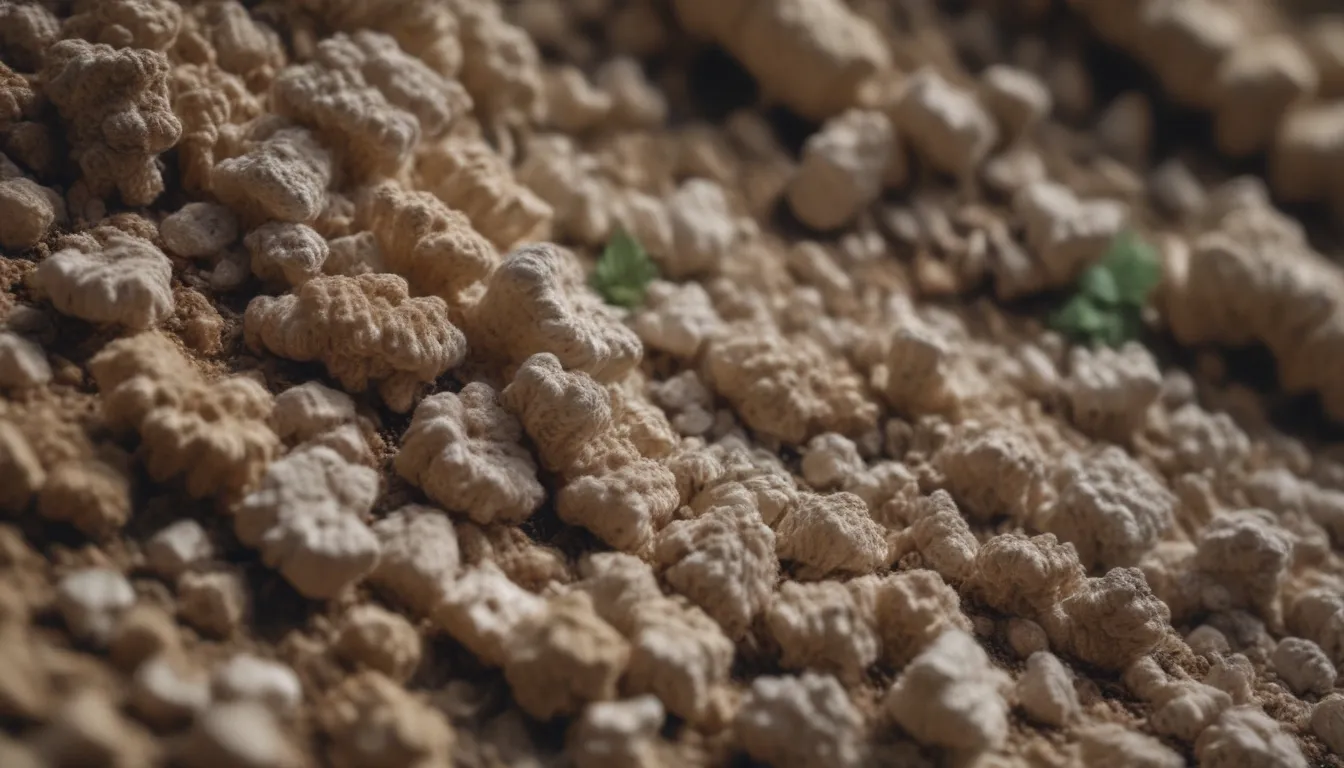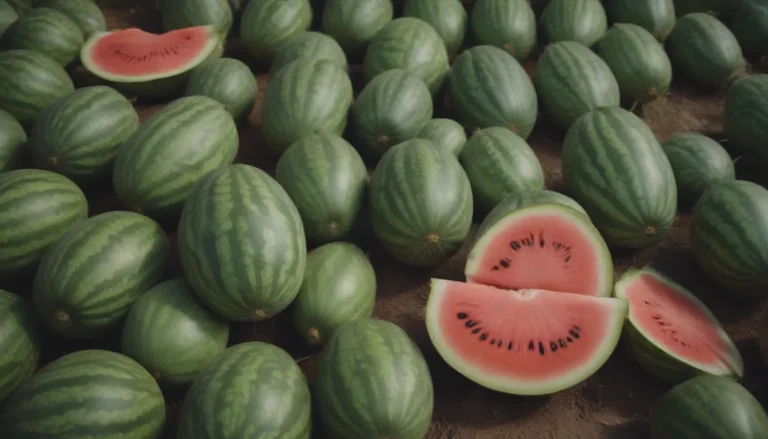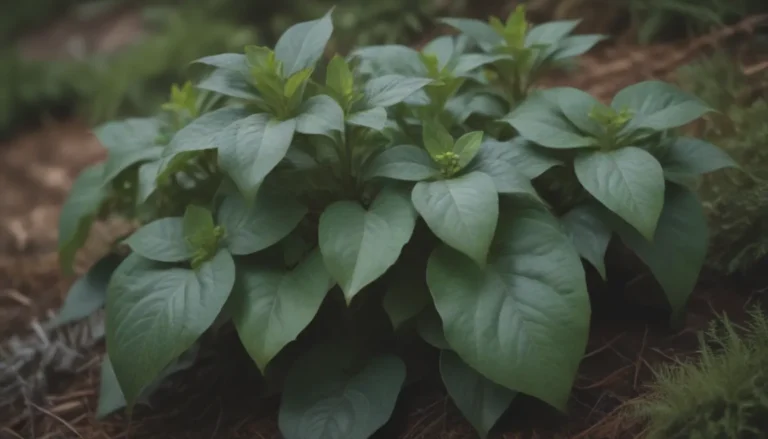Understanding Vermiculite and Perlite in Gardening

If you’re new to gardening, you may have come across the terms vermiculite and perlite and wondered what the difference is. While both are commonly used as growing media and soil amendments, they each have unique properties that make them better suited for certain applications. In this article, we’ll explore the differences between vermiculite and perlite, how to use them effectively in your garden, and when to choose one over the other.
What Is Vermiculite?
Vermiculite is a silvery-gray, flaky material that is mined from the earth and then exfoliated through a process of extreme heat and pressure. This treatment sterilizes the vermiculite and causes it to expand, resulting in a clean, fluffy product that is commonly sold in bags at home improvement stores. Vermiculite contains minerals beneficial to plants and is often used as a soil amendment to loosen soil and retain water and nutrients.
Uses for Vermiculite
- Soil amendment: helps loosen soil and retain water and nutrients
- Bulb storage: effective for storing tender bulbs over winter
- Starting seed: ideal growing medium for starting seed both indoors and outdoors
When starting seed, vermiculite’s fluffiness allows it to retain water like a sponge, while its sterility ensures that your seedlings are not exposed to pathogens. Whether you’re starting annual seed in a greenhouse or establishing a lawn from seed, using vermiculite can help prevent seeds from drying out and make it easier for seedlings to emerge.
What Is Perlite?
Perlite is also mined and expanded through a process of extreme heat and pressure, resulting in a white, chunky material with a texture similar to styrofoam. Unlike vermiculite, perlite does not contain any nutritional value for plants but is valued for its ability to improve soil structure and promote drainage. Perlite is commonly sold in bags at home improvement centers and is used as a soil amendment in containers and planting beds.
Uses for Perlite
- Aeration: provides plant roots with greater access to oxygen
- Drainage: promotes drainage in soil to prevent waterlogging and root rot
- Soil amendment: alters soil structure in a beneficial way
Perlite’s airy quality makes it ideal for plants that require good drainage, such as drought-tolerant species like cacti. By incorporating perlite into your soil mix, you can improve aeration and prevent waterlogged conditions that can harm your plants.
Can You Use Vermiculite and Perlite Interchangeably?
While vermiculite and perlite both improve drainage, they have different properties that make them better suited for specific tasks. Vermiculite absorbs water like a sponge and is excellent for retaining moisture, while perlite holds water in surface crevices and promotes drainage. Each material has its own unique benefits and applications, so it’s essential to choose the right one for your specific gardening needs.
Vermiculite:
- Loosens soil
- Absorbs water
- Contains minerals beneficial to plants
Perlite:
- Promotes drainage
- Holds water in surface crevices
- No nutritional value for plants
Both vermiculite and perlite are nonrenewable resources mined from the earth, so it’s essential to use them sparingly and consider alternative soil amendments if possible. Additionally, be cautious when handling vermiculite, as some sources may contain trace amounts of asbestos that can pose health risks if inhaled.
Tip
Vermiculite and perlite can be stored indefinitely but be cautious when reusing old soil amendments from other sources, as they may harbor pathogens. To reduce the risk of exposure, use vermiculite and perlite outdoors or in well-ventilated areas, dampen them before use, and avoid getting dust on your clothes.
When to Use Vermiculite vs. Perlite
In determining whether to use vermiculite or perlite, consider the specific needs of your plants and soil conditions. Vermiculite is ideal for soilless potting mixes that require water retention, making it suitable for plants that need frequent watering. On the other hand, perlite excels in providing aeration and drainage, making it ideal for plants that thrive in well-drained soil conditions.
- Use Vermiculite for:
- Soilless potting mix that retains water
- Plants that require frequent watering
-
Sandy soils that lose water rapidly
-
Use Perlite for:
- Soilless potting mix that promotes drainage
- Plants that require good aeration and drainage
- Drought-tolerant species like cacti
For optimal results, you may find that using both vermiculite and perlite in different applications can benefit your garden. Whether you’re starting seed indoors or transplanting seedlings outdoors, incorporating vermiculite and perlite into your soil mix can help provide the ideal growing conditions for your plants.
In conclusion, understanding the differences between vermiculite and perlite can help you make informed decisions about which material to use in your garden. By considering the unique properties of each and their specific applications, you can improve soil quality, promote healthy plant growth, and create optimal growing conditions for your plants. Experimenting with vermiculite and perlite in different gardening tasks can help you determine the best methods for your specific needs and enhance your gardening experience.





